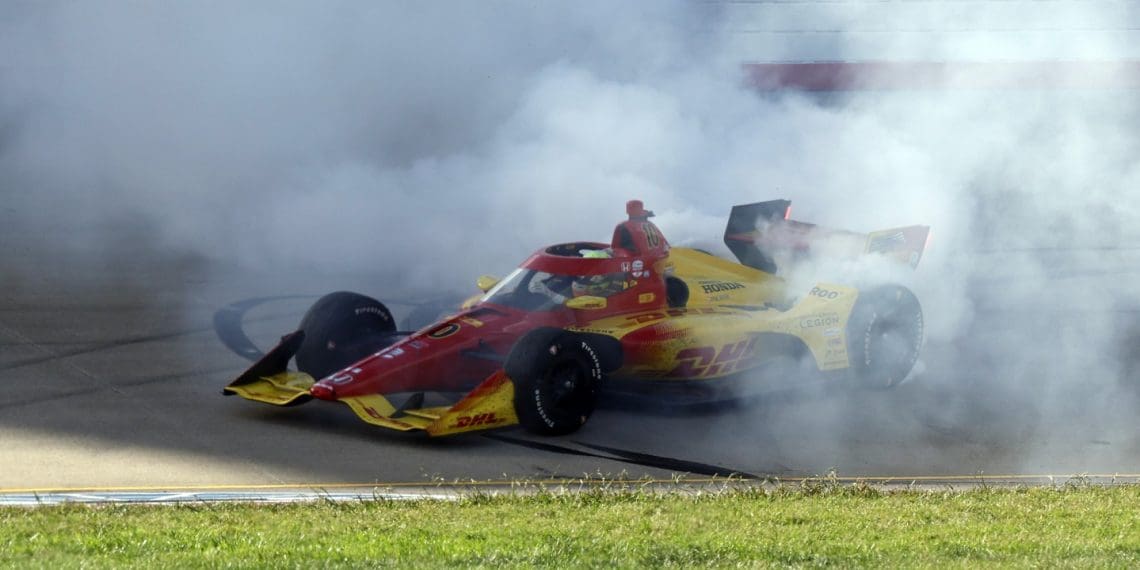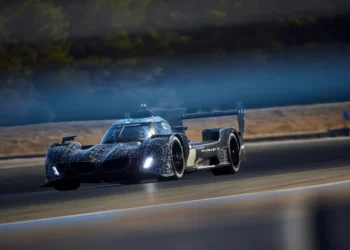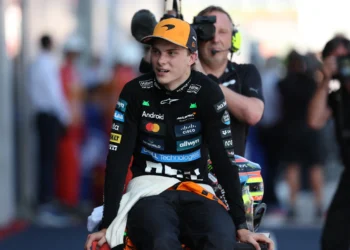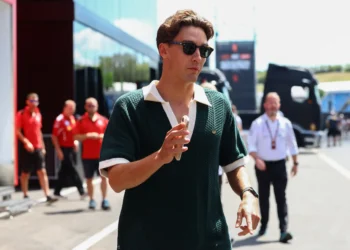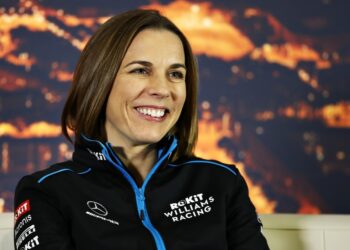In a seismic shakeup just weeks before the 2025 IndyCar season kicks off, the series has changed its leadership at the top. Jay Frye is out, and Doug Boles steps in as the new president of IndyCar—all while continuing his massive role as head of the Indianapolis Motor Speedway (IMS).
This last-minute executive shift has raised big questions. Why was Frye let go? How will Boles juggle both roles? And what does this mean for the future of IndyCar, a series that is at a crossroads between its rich racing heritage and its ambitions for long-term growth?
Why is Jay Frye Out?
Frye had been a key architect of IndyCar’s on-track success, overseeing competition and operations (comp and ops) and shaping the modern era of IndyCar racing. Under his watch, the on-track product has remained a strong point, consistently delivering some of the best wheel-to-wheel racing in motorsports.
So why was he abruptly removed?
IndyCar CEO Mark Miles was tight-lipped about the exact reasons, but when asked directly whether Frye had been fired, he avoided a straight answer:
“Exactly how things unfolded with Jay is not a matter that I’m going to get into,” Miles stated.
Rumors about Frye’s possible departure had been circulating since the Nashville finale last year, but after months of silence, the announcement came suddenly on February 12. Frye has not issued a public statement, adding to the intrigue.
Doug Boles: The Man Now Wearing Two Hats
Boles, who has led IMS since 2013, is a well-known figure in the IndyCar world. Under his leadership, IMS has thrived, hosting the world’s largest-attended single-day sporting event, the Indianapolis 500, while also expanding its portfolio of major races, including NASCAR and IMSA events.
But now, he’s taking on an even bigger challenge—running both IndyCar and IMS. Can he manage both jobs effectively?
Boles himself acknowledges the challenge but believes IndyCar’s success is directly tied to the health of the Indy 500:
“The Indy 500 doesn’t work without a really healthy IndyCar Series, and the IndyCar Series doesn’t work without the Indianapolis 500,” he explained.
Why Make This Move Now?
This change comes at a critical moment for IndyCar. While the racing product remains strong, several major issues loom:
- The Need for a New Car – The current Dallara chassis has been in use since 2012, and while a replacement was originally targeted for 2027, Miles hinted that 2028 is now on the table. The delay underscores the complexity of developing IndyCar’s next-generation vehicle.
- A New Engine Manufacturer – The series urgently needs a third engine supplier to relieve Honda and Chevrolet, whose contracts expire after 2026. Securing another OEM is crucial for long-term stability.
- Commercial Expansion – While IndyCar has seen new investments under Roger Penske, it still struggles to grow its brand globally and attract new sponsors.
Boles’ marketing and commercial expertise could be a key reason for his promotion. Unlike Frye, who was deeply entrenched in the competition side, Boles is expected to bridge the gap between racing operations and commercial growth.
“Doug is incredibly well suited to work on both,” Miles emphasized. “We hope to integrate competition and commercial aspects to drive IndyCar’s growth.”
Will Boles Have Enough Support?
To ease the transition, several internal promotions have been made to distribute responsibilities across the organization:
- Mark Sibla – From Chief of Staff to Senior VP of Competition & Operations (essentially stepping into Frye’s previous role).
- Kyle Novak – Now VP of Officiating & Race Control while continuing as IndyCar’s Race Director.
- Alex Damron – From VP of Corporate Communications at IMS to Chief Marketing Officer for IndyCar.
- Louis Kissinger – From Director of Event Planning & Execution to General Manager of IMS, taking over Boles’ daily IMS duties.
With key personnel in place, the idea is that Boles will oversee both IndyCar and IMS, while these promotions ensure day-to-day operations run smoothly.
Boles insists he can handle both roles:
“I’m confident I can do both.”
What’s Next for IndyCar?
Boles’ immediate focus is on IndyCar’s upcoming season and the Indy 500. However, the real test will come when long-term decisions need to be made.
- Can he land a third engine manufacturer before the 2026 deadline?
- Will IndyCar’s new car arrive in 2027, or will delays push it to 2028?
- How will IndyCar’s commercial growth be impacted under his leadership?
While Frye’s exit is a surprising and controversial move, the future of IndyCar now rests on Boles’ ability to unite competition, business, and long-term vision.
If he succeeds, he could redefine IndyCar’s trajectory for the next decade. If he struggles, IndyCar’s future could become more uncertain than ever.
The 2025 season just got a whole lot more interesting.

